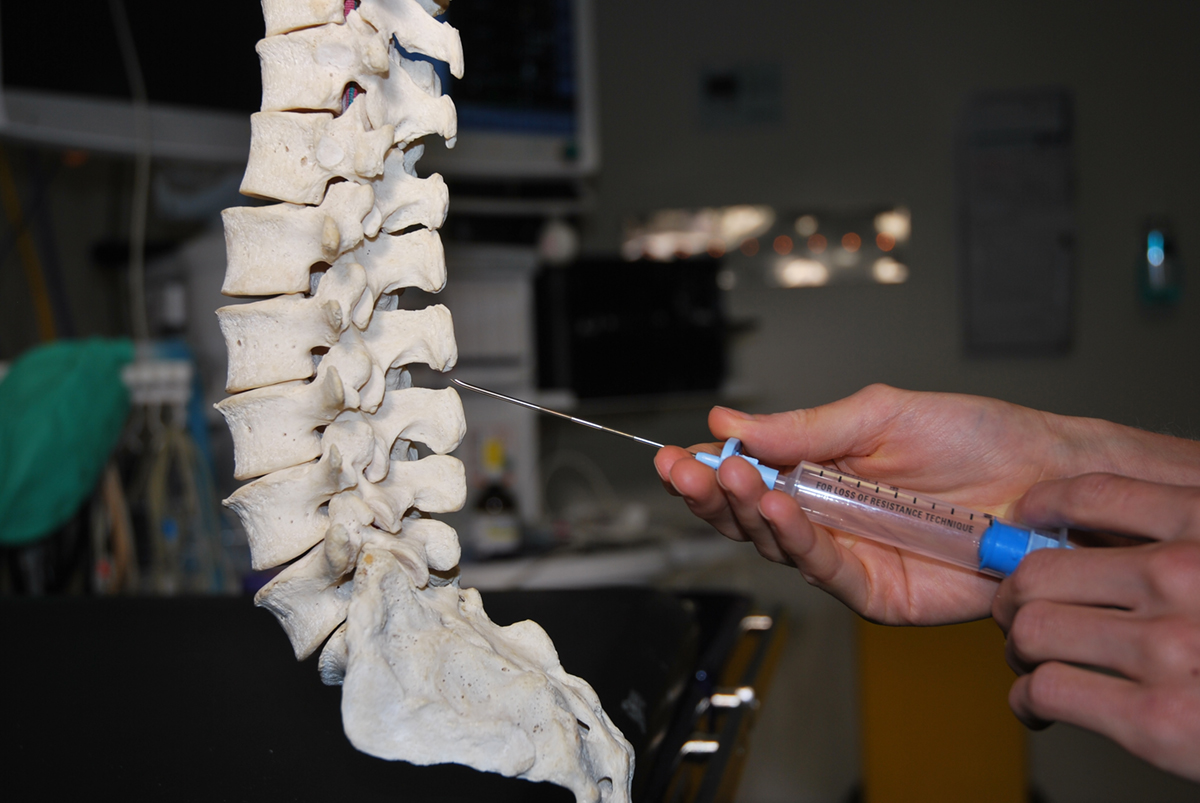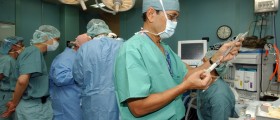
What is an Epidural?An epidural refers to regional anesthesia given to relieve the pain. It is the most popular way to relieve the labor pain. Epidural anesthesia includes painkilling drugs that are injected into the space between the layers of tissue in spinal column, known as epidural space. Epidural anesthesia blocks the nerves in the lower part of the body which results in decreased sensation and absence of pain.
How is Epidural Anesthesia Given?
Firstly, a doctor injects local anesthetic into the lower back of female patient. After that he or she inserts a hollow needle into epidural space. Then catheter is threaded through the needle and the needle is removed. Catheter remains in place so that painkillers can be given.
Epidural medications are often given in combination with opioids or narcotics to prolong epidural’s effect. Two types of epidural are commonly used: regular epidural and combined spinal-epidural (walking epidural).
Side Effects and the Risks of Epidural Anesthesia
Epidural anesthesia provides significant pain relief during childbirth but it is still associated to some side effects. A drop in blood pressure (hypotension) is a very common side effect of an epidural. This may affect the baby due to insufficiently oxygenated blood supply. Back pain may occur as a result of epidural anesthesia and it can last for several weeks or months. Women experience inability to move legs after an epidural but this is only temporarily until the drug wears off. Face, neck and throat may itch due to administered medication.
Labor side effect can be prolonged second stage of labor. It is a pushing stage but if a woman doesn’t feel the urge to push she will have to wait. An epidural sometimes requires assisted birth because baby may not be able to move into proper position. In such case, baby has to be born with the help of forceps or ventouse. There are also increased risks of episiotomy and cesarean section.
Side effects of epidural anesthesia that affect the baby can be fetal distress, respiratory depression and weak sucking reflex.
















Your thoughts on this
Loading...